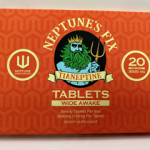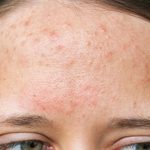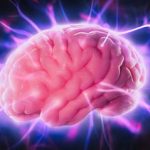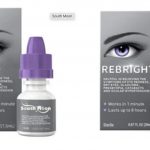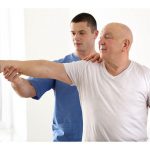
Driving at night can be risky business, as a dangerous combination of darkness and the glare of bright lights can make it hard to see the road, but one expert offers some safety tips. “If you have to drive in the evening time and you’re not comfortable, try to stick with roads that you know and make sure you know where you’re going so you don’t have to be looking at street signs, which are harder to see at night,” said Dr. Sumitra Khandelwal, a professor of ophthalmology at Baylor College of Medicine in Houston. If you do have to venture out in your car after dark, check your vehicle first, she stressed. “One of the first things to do for nighttime driving has nothing to do with the eyes; it’s to optimize all aspects of driving with your car that allow for better nighttime vision,” Khandelwal explained. A dirty windshield can make starbursts, halos, glares, smearing and streaking more apparent in the dark, so cleaning it is critical for clear vision. Headlights get dirty just as easily, particularly if it rains and mud or water gets splattered on them, so Khandelwal recommends wiping off any dirt or splash marks before you get behind the wheel. Even after cleaning your windshield and headlights, there are plenty of vision issues that can make it difficult for… read on > read on >










